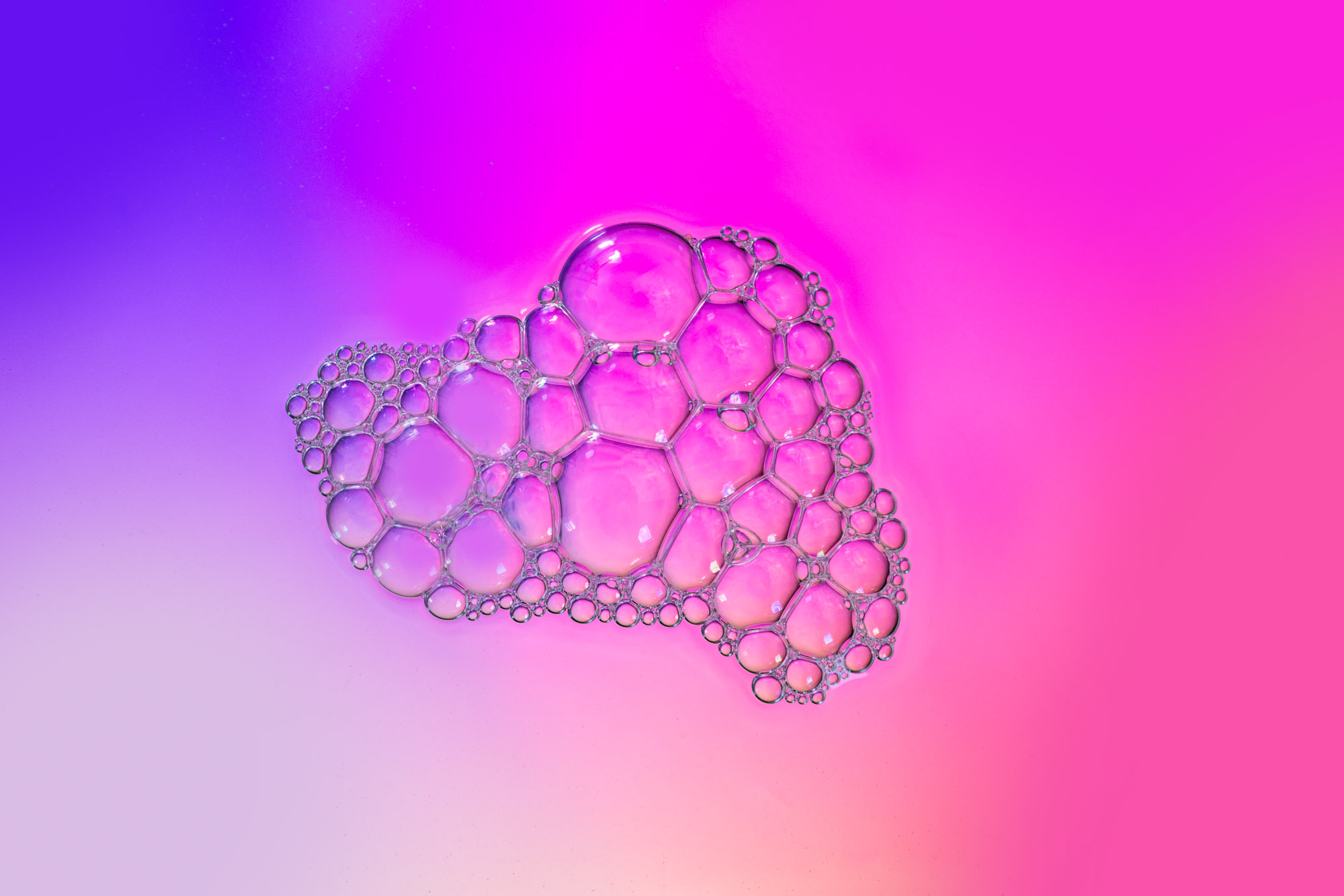Antioxidant peptides

Skin aging is largely due to the accumulation of oxidative damage, resulting from the insufficient bioavailability of antioxidants regarding the increased amount of ROS produced, by the mitochondrial aerobic metabolism or solar UV radiation.
Consequently, ROS accumulate and activate several signaling pathways, responsible for the reduction of collagen synthesis; production and activation of MMP and release of the senescence-associated secretory phenotype (SASP).
Studies with Tel-E6E7 human stem cells suggested that ROS induced by UV radiation, promote MMP-1 activity in keratinocytes and fibroblasts of the dermis.
Thereby, to prevent oxidative stress, antioxidant peptides are used owing to their ability to transfer an electron or hydrogen atom to stabilize radicals, or to their capability to complex ions, such as copper, essential for the functioning of enzymes involved in the inflammation and aging process, inhibiting them. Moreover, antioxidant activity is still dependent on their molecular weight, as low molecular weight peptides have a greater ability to donate hydrogen or electrons; their hydrophobicity that improve the accessibility to hydrophobic cellular targets, e.g. biological membranes; and their amino acid sequence.
Hydrolyzed collagen or collagen peptides results from the denaturation of collagen protein by enzymatic hydrolysis. In the cosmetic industry, hydrolyzed collagen is widely used, owing to their biocompatibility, easy biodegradability, and very low toxicity when topically applied. Hydrolyzed collagen has been identified as a good moisturizer for the stratum corneum of the epidermis, though, as far as its anti-aging benefits, its mechanism of action is not fully identified.
The antioxidant activity of peptides is related to its molecular weight, thus smaller peptides up to 10 KDa (equivalent to 2 to 10 amino
acids) show higher antioxidant activity. To assess the relationship between the molecular weight of collagen hydrolysates from sheep skin (which is dependent on the time of hydrolysis of the collagen) and its antioxidant activity, L´eon-Lopez et al. conducted a study in which two free radicals were used: ABTS (suitable to evaluate hydrophilic and hydrophobic antioxidants) and DPPH. The results of the study showed that the highest radical scavenging activity was seen after 4 h of hydrolysis of the collagen protein, 67.6 % for ABTS and 52.75 % for DPPH. Thus, collagen hydrolysates of small size and composition in antioxidant amino acids e.g., glutamic acid (due to the high hydrolysis time), guarantee a considerable antioxidant activity, and may be valid options in combating skin aging caused by oxidative stress.